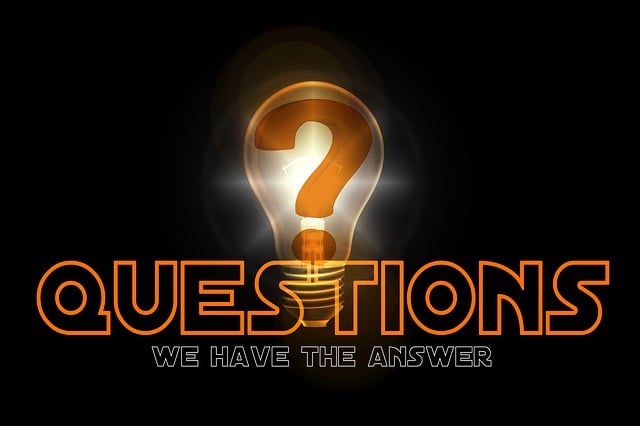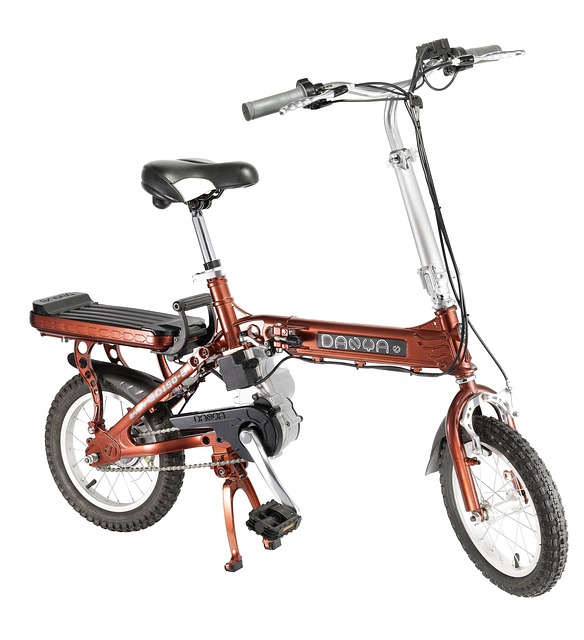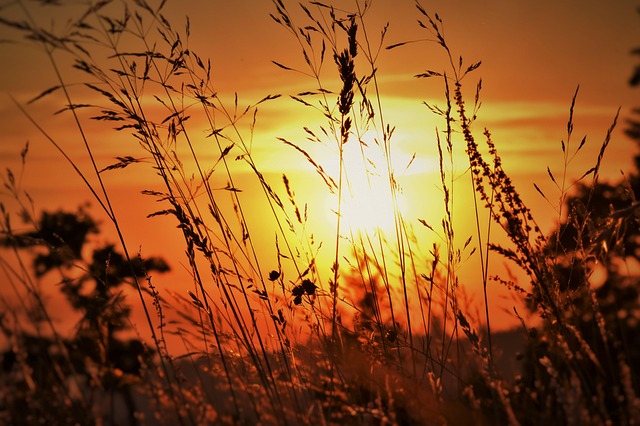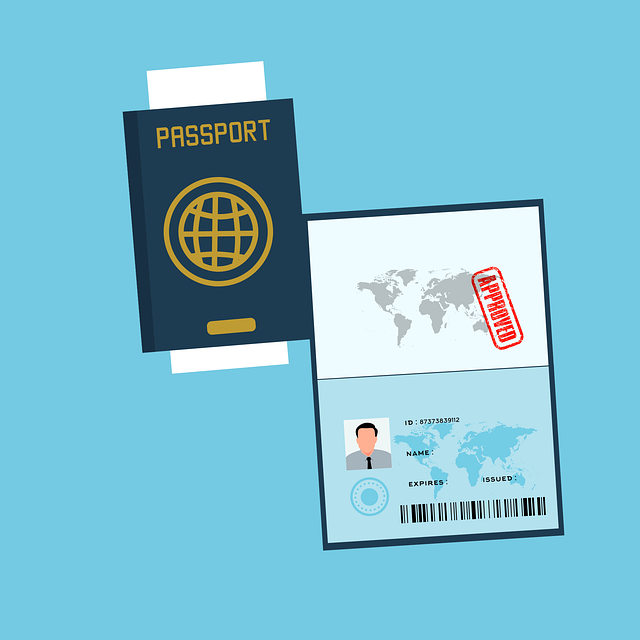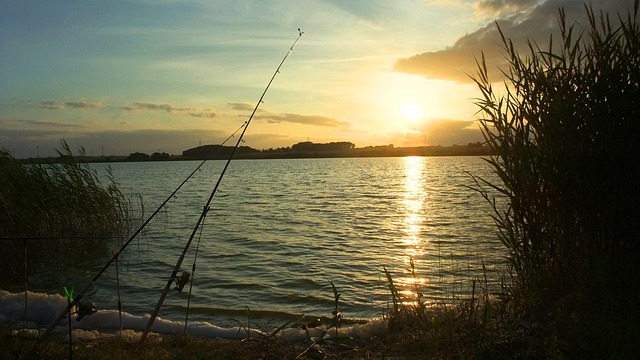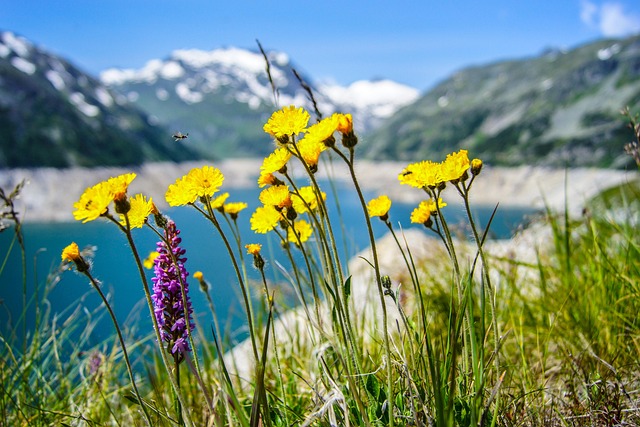Category: Urban Fishing in Eugene Oregon
Urban Fishing in Eugene, Oregon: A Comprehensive Exploration
Introduction
In the heart of the Pacific Northwest, nestled among rolling hills and lush forests, lies the vibrant city of Eugene, Oregon. This charming urban center has emerged as a surprising hotspot for an unconventional activity—urban fishing. Unlike traditional angling ventures into remote rivers or ocean depths, urban fishing takes place within the city itself, along its waterways and in unique urban habitats. This article delves into the captivating world of urban fishing in Eugene, exploring its history, impact, economic value, technological innovations, regulatory framework, challenges, and the inspiring stories of those who embrace this sustainable practice. By examining these aspects, we uncover the multifaceted nature of urban fishing and its potential to transform urban spaces into thriving aquatic ecosystems.
Understanding Urban Fishing in Eugene Oregon: A Definition and Historical Context
Urban fishing, in its essence, is the act of angling for fish within urban areas, particularly in cities with accessible water bodies such as rivers, lakes, canals, and even indoor aquariums. Eugene, with its diverse water features, has embraced this concept and developed a thriving urban fishing community. The practice involves both recreational anglers seeking a peaceful escape in the city and those passionate about conservation and sustainable food sources.
Historically, urban fishing has evolved from a traditional pastime to a modern movement promoting eco-friendly urban living. In Eugene, the idea took root as a way to engage residents with their local environment and encourage stewardship of aquatic resources. The city’s rich natural heritage, coupled with a growing interest in urban sustainability, has fueled the development of this unique activity. Over time, it has transformed from a niche hobby into a recognized component of Eugene’s vibrant outdoor culture.
Global Impact and Trends: A Growing Urban Movement
The concept of urban fishing is not confined to Eugene; it has captivated cities worldwide, sparking a global trend toward reconnecting urban dwellers with their water bodies. This movement is driven by several key factors:
-
Urbanization and Water Access: As cities expand, more residents live closer to waterways, making urban fishing accessible and appealing. For example, London, UK, has seen a surge in urban anglers, with the Thames River becoming a popular spot.
-
Sustainability and Local Food: The push for sustainable living and locally sourced food has energized urban fishing communities. Many cities are promoting fish as a healthy, eco-friendly protein option, encouraging residents to catch their own meals.
-
Community Engagement: Urban fishing events foster community interaction and build social connections. It brings people together, fostering a sense of place and environmental stewardship.
Economic Considerations: A Booming Urban Industry
The economic impact of urban fishing in Eugene Oregon is significant, contributing to the local economy through various channels:
-
Tourism: Eugene attracts visitors interested in urban fishing, boosting the tourism industry. Local businesses, from outdoor gear stores to waterfront restaurants, benefit from this influx.
-
Retail and Services: Anglers spend money on equipment, bait, and licenses, supporting local retailers. Additionally, services like boat rentals and guided tours create employment opportunities.
-
Real Estate: The presence of vibrant urban fishing communities can enhance property values in nearby areas. Waterfront properties often command premium prices, attracting investors and developers.
Technological Advancements: Revolutionizing Urban Angling
Technology plays a pivotal role in enhancing the urban fishing experience:
-
Smart Sensors and Data Analytics: Advanced sensors deployed along waterways provide real-time data on water quality, fish populations, and environmental conditions. This information empowers anglers and conservationists to make informed decisions.
-
Digital Mapping and Navigation: GPS-enabled apps and digital maps assist anglers in locating fishing spots, identifying species, and sharing insights within the community. These tools have become invaluable for urban anglers.
-
Aquatic Robots and Drones: Robotic devices are being used for fish monitoring, water quality assessment, and even underwater photography, providing new perspectives on urban aquatic ecosystems.
Policy and Regulation: Balancing Access and Conservation
The development of urban fishing in Eugene is guided by a well-thought-out regulatory framework:
-
Licensing and Permits: Oregon’s Department of Fish and Wildlife oversees fishing licenses, ensuring sustainable practices and protecting fish populations. Local policies further regulate urban fishing, addressing concerns related to noise, littering, and access rights.
-
Seasonal Restrictions: Certain species have specific catch limits and seasonal closures to prevent overfishing. These regulations are crucial for maintaining healthy aquatic ecosystems.
-
Public Access and Infrastructure: The city has invested in developing public fishing areas with boat ramps, docks, and fishing piers, ensuring accessible and safe fishing opportunities for all residents.
Challenges and Criticisms: Addressing Urban Fishing Issues
Despite its numerous benefits, urban fishing faces several challenges:
-
Space Constraints: Limited access to suitable water bodies within the city can restrict angling opportunities. Finding balanced solutions is essential to accommodate both anglers and other urban users.
-
Water Quality Concerns: Pollution and urbanization can impact water quality, posing risks to fish health and human safety. Continuous monitoring and targeted clean-up efforts are necessary.
-
Littering and Environmental Impact: Anglers must be responsible for proper waste disposal. Educating the community about sustainable fishing practices is crucial to minimizing environmental damage.
Actionable Solutions:
- Implement city-wide recycling programs and trash cans at popular fishing spots to encourage responsible waste management.
- Collaborate with local schools and community groups to organize river clean-up events, fostering environmental stewardship.
- Advocate for sustainable urban development practices to minimize pollution and protect water bodies.
Case Studies: Success Stories from Eugene’s Urban Anglers
The Springfield Channel Restoration Project
This initiative aimed to revitalize the Springfield Channel, a vital but neglected waterway in Eugene. Local anglers led efforts to restore the channel’s habitat, improving water quality and fish populations. They organized community events, involving residents in conservation work and promoting urban fishing as a sustainable practice. The project’s success led to increased city support for urban aquatic restoration efforts.
School-Based Fishing Programs
Eugene Public Schools have integrated urban fishing into their science curriculum, taking students to local waterways for hands-on learning. This program teaches students about ecology, biodiversity, and responsible resource management. Students become advocates for sustainable fishing practices, ensuring the future health of Eugene’s aquatic resources.
Future Prospects: Embracing Urban Fishing’s Growth
The future of urban fishing in Eugene Oregon holds immense potential:
-
Expanding Water Access: The city can explore partnerships with nearby rural communities to gain access to additional water bodies, providing more opportunities for residents.
-
Aquatic Habitat Restoration: Continued restoration efforts along the Willamette River and other urban waterways will enhance fish habitats and support diverse species.
-
Technological Innovation: Advancements in drone technology and AI-powered analytics can provide unprecedented insights into urban aquatic ecosystems, guiding conservation efforts.
-
Community Engagement and Education: Expanding educational programs and community events will further solidify urban fishing as a central part of Eugene’s cultural identity.
Conclusion: A Sustainable Urban Legacy
Urban fishing in Eugene Oregon is more than just a recreational activity; it represents a harmonious fusion of urban living, conservation, and community engagement. By embracing this unique practice, the city has created a sustainable legacy that enriches both its residents and the local environment. As the global trend toward urban sustainability continues to grow, Eugene’s story serves as an inspiring model for cities worldwide, demonstrating how urban fishing can thrive in unexpected settings, fostering a deeper connection between people and their aquatic surroundings.
FAQ Section
Q: Is urban fishing safe for the local ecosystem?
A: Absolutely! With proper regulations and community involvement, urban fishing can be environmentally beneficial. Anglers are encouraged to practice catch-and-release, respect size limits, and minimize their ecological footprint.
Q: What equipment do I need to start urban fishing?
A: You’ll require a fishing rod, reel, line, hooks, bait or lures, and a valid fishing license. Many local shops offer rental gear for beginners.
Q: Are there any restrictions on where I can fish in Eugene?
A: The city has designated specific public fishing areas with signs outlining rules. Some waterways may have seasonal closures or size limits to protect fish populations. Always check with local authorities before fishing.
Q: Can urban fishing contribute to food security?
A: Certainly! Many urban anglers catch enough for their own consumption, reducing the need for imported seafood. It promotes a sustainable and locally sourced diet.
Q: How can I get involved in the urban fishing community?
A: Attend local fishing events, join online forums, or connect with groups like the Eugene Urban Anglers Association. These networks offer opportunities to learn, share experiences, and contribute to conservation efforts.
Urban Fishing Eugene: Rules & Community Spotlight

Urban fishing Eugene, Oregon, offers a unique blend of natural beauty and city amenities. Local lake…….
Fishing Lakes in Eugene Oregon: Urban Angler’s Paradise Unveiled
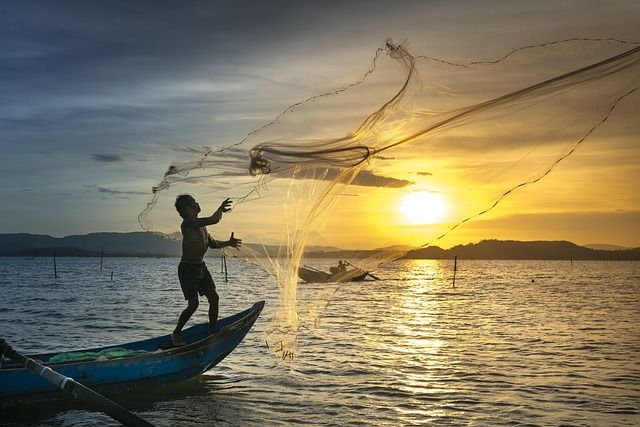
Eugene, Oregon offers diverse urban fishing locations, including tranquil lakes in city parks and sc…….
Urban Fishing Revives Eugene’s Waterways: Conservation in Action

Eugene, Lane County, champions urban fishing as a community-driven conservation effort, offering ser…….
Fishing Hotspots Revitalize Oregon’s Urban Waterways Near Eugene
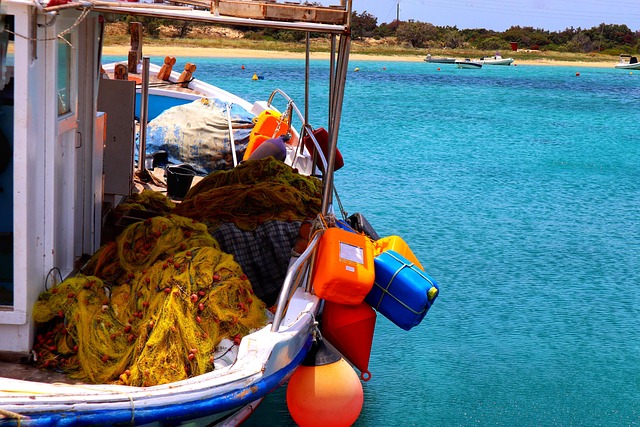
Lane County, Oregon, offers diverse fishing opportunities with rivers and lakes near Eugene. Local c…….
Fishing Lakes in Eugene Oregon: Trout Tips & Spots
Fishing Gear Guide: Urban Eugene Family Fun & Safety
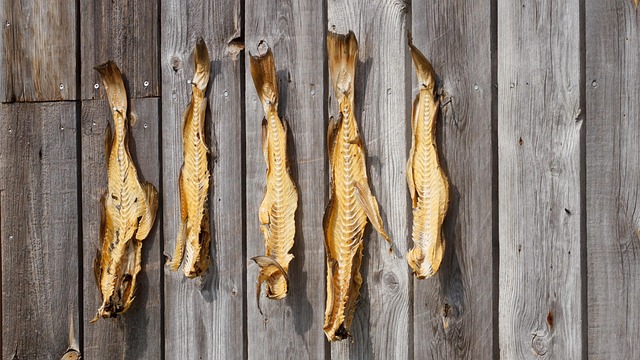
For a successful and memorable family fishing trip in Eugene, equip yourself with suitable rod and r…….
Lane County Fishing: Urban Hotspots for Anglers in Eugene Oregon
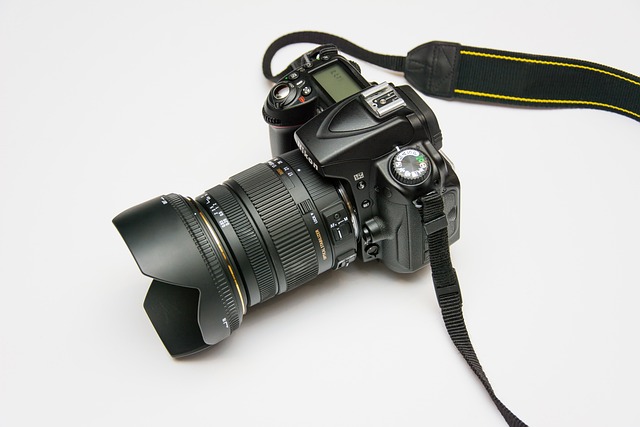
Lane County, Oregon, offers diverse urban fishing experiences with abundant rivers, streams, and lak…….
Fishing Tournaments & Hotspots: Eugene’s Urban Angling Secrets Unveiled
Lane County Fishing: Family-Friendly Urban Angling Adventures

Lane County provides diverse urban fishing opportunities with accessible parks, rivers, and lakes fo…….
